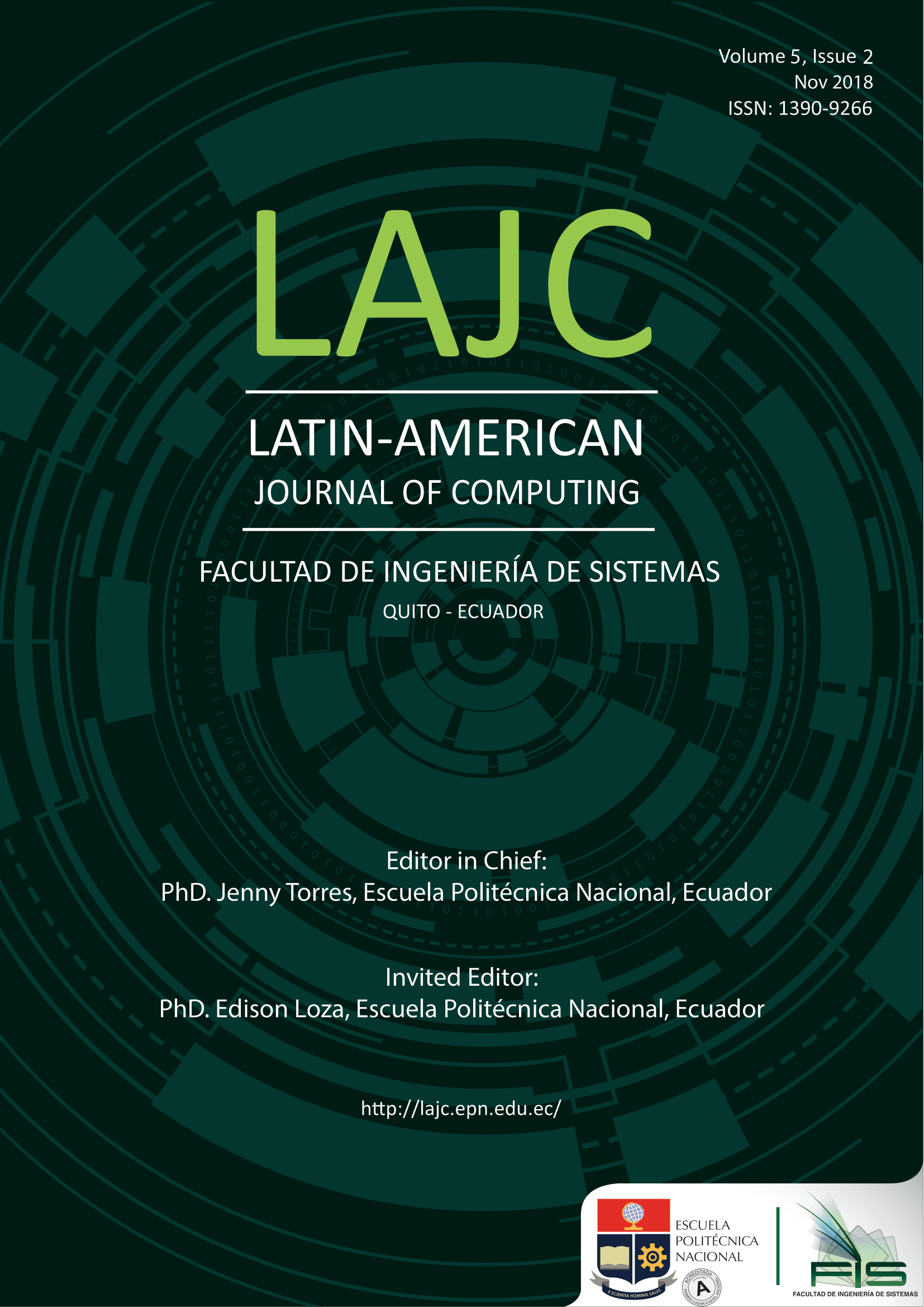Assisted Muscular Rehabilitation
Keywords:
muscular biofeedback, electromyography, muscular fatigue, muscular force, MVIC, Myoware Muscle Sensor, sEMG.Abstract
In the market, there are very sophisticatedbiofeedback tools, such as those developed by meyerPT [1] orBiometric Ltd. [2], which provide information to the patientthrough tones and allows the generation of records and show datain real time. However, the cost of these tools makes difficult theaccess to them. This problem is what make the patients apply tothe expertise of a specialist and a qualitative valuation. For thisreason, this project focused on developing a friendly userbiofeedback interface created in MATLAB, which brings valuableinformation about muscular signals generated by the human bodyto avoid the subjectivity that may exist in the traditional method,reaching better results in less time thanks to the continuemonitoring and data recorders. The interface shows visualindicators, which are used to feedback the patient, in order topresent the execution of the muscular exercises at a certain forceintensity, analyses the muscular fatigue during the training andcreate a data record to identify the evolution of the muscleaccording to the developing of the therapy sessions.
Downloads
References
meyerPT, "meyerPT," Prometheus Group, [Online]. Available: https://www.meyerpt.com/pathway-mr-20-emg-system. [Accessed 3 Octubre2018].
B. Ltd, "Biometric Ltd," Biometric Ltd, 2015. [Online]. Available: http://www.biometricsltd.com/systems-emg.htm. [Accessed 3 Octubre 2018].
H. S. W. H. A. Hüter-Becker, Fisiología y teoría del entrenamiento, Badalona: Paidotribo, 2006.
I. Khazan, The clinical handbook of biofeedback: a step by step guide for trainig and practice with mindfulness, Chichester: Wiley-Blackwell, 2013.
A. Karatsidis, R. Richards, J. Konrath, J. van den Noort, M. Schepers, G. Bellusci, J. Harlaarand P. Veltink, "Validation of wearable visual feedback for retraining foot progression angle using inertial sensors and an augmented reality headset," Journal of NeuroEngineering and Rehabilitation, 2018.
A. McIntosh, Vignais, Nicolas and E. Biddiss, "Biofeedback interventions for people with cerebral palsy: a systematic review protocol," Systematic Reviews, 2017.
K. West, Biofeedback, New York: CHELSEA HOUSE, 1990.
C. Jaramillo, Diseño e implementación de un sistema de electromiografía computarizada, Sangolquí, 2015.
J. Basmajian and C. De Luca, Muscles Alive-their functions revealed by electromyography, Baltimore: Williams & Wilkins, 1985.
C. De Luca, Surface electromyography: detection and recording, DelSys Incorporated, 2002.
A. Technologies, Myoware Muscle Sensor, Advancer Technologies, 2016.
I. Cifuentes, Diseño y construcción de un sistema para la detección de señales electromiográficas, Yucatán, 2010.
Arduino, "Arduino," Arduino, [Online]. Available: https://store.arduino.cc/usa/arduino-uno-rev3. [Accessed 13 Marzo 2018].
C. A. Alva Coras, Procesamiento de señales dde electromiografía superficial para la detección de movimieno de dos dedos de la mano, Lima, 2012.
J. Brazeiro, S. Petraccia and M. Valdés, Mano controlada por señales musculares, Montevideo, 2015.
P. Konrad, The ABC of EMG A practical Introduction to Kinesiological Electromyography, Scottsdale: Noraxon, 2006.
S. Day, Important Factors in Surface EMG Measurement, Calgary: bortec biomedical.
M. Halaki and K. Ginn, "Normalization of EMGSignals: To Normalize or Not to Normalize and What to Normalize to?," INTECH, 2012, pp. 175-194.
D. Meldrum, E. Cahalane, R. Conroy, D. Fitzgerald and O. Hardiman, "Maximum voluntary isometric contraction: Reference values and clinical application," Amyotrophic Lateral Sclerosis, no. 8, pp. 47-55, 2007.
S. Salvesen, The effect of maximal vs. Submaximal contractions on crossover fatigue between limbs, Trondheim, 2017.
J. de las Heras, Implementación de métodos para medir la fatiga muscular en cirujanos a través de electromiografía, Cantabria, 2016.
J. Correa, E. Morales, J. Huerta, J. González and C. Cárdenas, "Sistema de Adquisición de Señales SEMG para la Detección de Fatiga Muscular," Revista mexicana de ingeniería biomédica, vol. 37, no. 1, 2016.
Downloads
Published
Issue
Section
License
Copyright Notice
Authors who publish this journal agree to the following terms:
- Authors retain copyright and grant the journal right of first publication with the work simultaneously licensed under a Creative Commons Attribution-Non-Commercial-Share-Alike 4.0 International 4.0 that allows others to share the work with an acknowledgement of the work's authorship and initial publication in this journal.
- Authors are able to enter into separate, additional contractual arrangements for the non-exclusive distribution of the journal's published version of the work (e.g., post it to an institutional repository or publish it in a book), with an acknowledgement of its initial publication in this journal.
- Authors are permitted and encouraged to post their work online (e.g., in institutional repositories or on their website) prior to and during the submission process, as it can lead to productive exchanges, as well as earlier and greater citation of published work.
Disclaimer
LAJC in no event shall be liable for any direct, indirect, incidental, punitive, or consequential copyright infringement claims related to articles that have been submitted for evaluation, or published in any issue of this journal. Find out more in our Disclaimer Notice.










